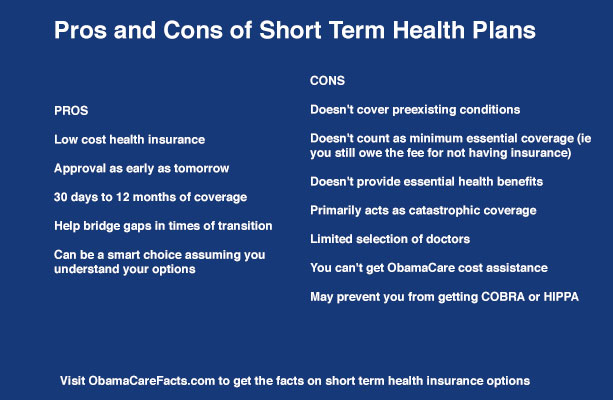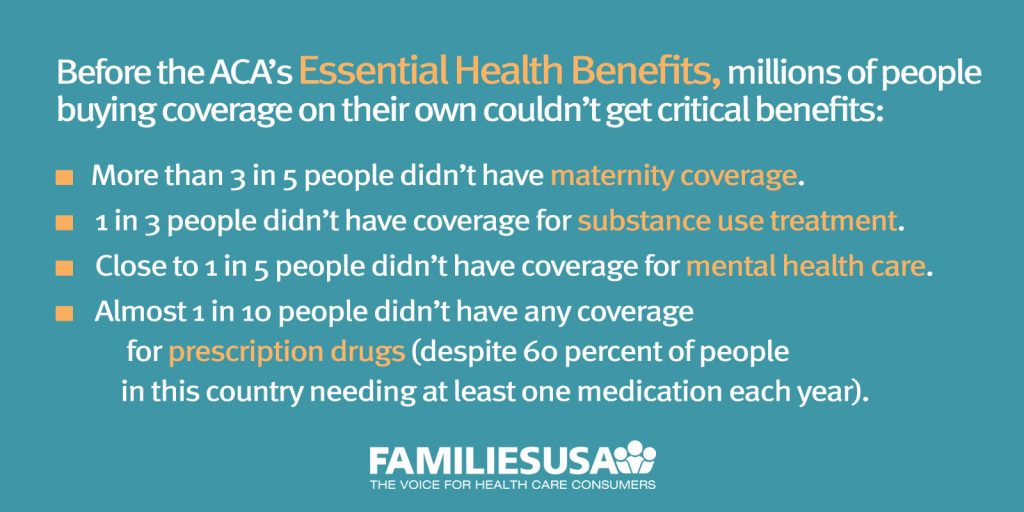The 2-Minute Rule for Medicare Advantage Agent
The 2-Minute Rule for Medicare Advantage Agent
Blog Article
The Buzz on Medicare Advantage Agent
Table of ContentsThe Definitive Guide for Medicare Advantage AgentThe Greatest Guide To Medicare Advantage AgentMedicare Advantage Agent - An Overview

adheres to from perplexing the reasonably young age account of the uninsured with the better health and wellness, usually, of more youthful persons. This covers the web link between health and wellness standing and health insurance coverage. For those without accessibility to work environment medical insurance, bad health is a prospective obstacle to buying nongroup coverage due to the fact that such coverage may be highly priced, omit pre-existing conditions, or be simply inaccessible. The number of uninsured Americans is not specifically big and has actually not transformed in recent years. 7 out of 10 respondents in a country wide depictive survey assumed that less Americans did not have health insurance than in fact do(Fronstin, 1998). About fifty percent(47 percent )believed that the number of individuals without health and wellness insurance reduced or stayed continuous over the latter fifty percent of the last decade(Blendon et al., 1999). This drop of virtually 2 million in the number of individuals 'without insurance policy (a reduction
of around 4 percent)is absolutely a favorable change. With a softer economic climate in 2000 the most up to date reported gains in insurance protection may not continue(Fronstin, 2001 ). The decrease in the variety of uninsured will certainly not continue if the economic climate stays slow and wellness care expenses proceed to outpace inflation. This is because the information were accumulated for a period of strong economic efficiency. Of the approximated 42 million individuals who were without insurance, just about regarding 420,000(regarding 1 percent)were under 65 years of age, the age at which most Americans become qualified for Medicare; 32 million were grownups between ages 18 and 65, about 19 percent of all grownups in this age group; and 10 million were children under 18 years old, about 13.9 percent of all youngsters (Mills, 2000). These price quotes of the variety of persons uninsured are created from the annual March Supplement to the Current Population Survey (CPS), performed by the Demographics Bureau. Unless otherwise kept in mind, nationwide estimates of people without health insurance and percentages of the population with various sort of insurance coverage are based upon the CPS, one of the most widely utilized source of price quotes of insurance protection and uninsurance rates. These studies and the quotes they generate are explained briefly in Table B. 1 in Appendix B - Medicare Advantage Agent. These surveys differ in size and sampling techniques, the inquiries that are inquired about insurance
The Best Strategy To Use For Medicare Advantage Agent
protection, and the time duration over which insurance protection or uninsurance is measured(Lewis et al., 1998, Fronstin, 2000a ). Still, the CPS is specifically helpful since it produces annual price quotes fairly quickly, reporting the previous year's insurance policy coverage estimates each September, and because it is the basis for a constant set of price quotes for even more than 20 years, permitting for evaluation of fads in insurance coverage gradually.

Get This Report about Medicare Advantage Agent
Over a three-year period starting early in 1993, 72 million individuals, 29 percent of the united state populace, were without coverage for at the very least one month. Within a single year(1994), 53 million people experienced at the very least a month without insurance coverage(Bennefield, 1998a). Six out of every 10 without insurance adults are themselves utilized. Although working does improve the possibility that a person and one's member of the family will have insurance, it is not an assurance. Also members of households with two full-time breadwinner have virtually a one-in-ten opportunity of being without insurance (9.1 percent without insurance rate)(Hoffman and Pohl, 2000 ). The relationship in between health insurance and accessibility to care is well established, as documented later on in this phase. The connection in between health and wellness insurance policy and health end results is neither direct neither simple, a substantial professional and health solutions research study literature links wellness insurance policy coverage
to improved better to care, better far betterTop quality and improved personal and population populace health and wellness. The 2nd record, on individual health outcomes for without insurance adults, is represented by the inner circle of the figure, while the third record, on family members health, includes the topics of the second report yet stresses a various device of evaluation, particularly, the family. The sixth report in the series will certainly present information about techniques and campaigns undertaken in your area, statewide, or across the country to attend to the absence of insurance policy and its adverse impacts. Degrees of evaluation for examining the effects of uninsurance. This conversation of health and wellness insurance coverage concentrates mainly on the U.S. population under age 65 due to the fact that practically all Americans 65 and older have more tips here Medicare or other public coverage.
Additionally, it concentrates particularly on those without any health insurance policy for any type of size of time. The issues encountered by the underinsured remain in some areas similar to those faced by the uninsured, although they are normally less serious. Uninsurance and underinsurance, nonetheless, include clearly different policy issues, and the techniques for addressing them might vary. Throughout this research and the five records to follow, the primary focus is on persons without any health insurance policy and hence no aid in paying for wellness care beyond what is readily available through charity and safeguard institutions. Medical insurance is a powerful factor influencing invoice of treatment due to the fact that both clients and medical professionals respond to the out-of-pocket price of services. Medical insurance, nevertheless, is neither required nor adequate to access to clinical services. The independent and straight impact of health and wellness
insurance insurance policy on access accessibility health services is well establishedDeveloped Others will acquire the health and wellness treatment they require also without medical insurance, by spending for it out of pocket or seeking it from suppliers who offer treatment complimentary or at highly subsidized prices. For still others, medical insurance alone does not ensure receipt of treatment because of various other nonfinancial obstacles, such as a lack of healthcare carriers in their community, limited accessibility to transportation, illiteracy, or etymological and cultural differences. Official study concerning without insurance populaces in the USA dates to the late 1920s and very early 1930s when the Committee on the Cost of Treatment created a collection of records regarding funding doctor office visits and hospitalizations. This concern ended up being significant as the varieties of medically indigent climbed up throughout the Great Anxiety. Empirical researches constantly sustain the web link in between accessibility to care and enhanced wellness outcomes(Bindman et al., 1995; Starfield, 1995 ). Having a normal source of care can be thought about a forecaster of accessibility, rather than a straight measure of it, when health and wellness end results are themselves made use of as access indications. This expansion of the idea of gain access to dimension was made by the IOM Board on Monitoring Gain Access To to Personal Healthcare Solutions(Millman, 1993, Medicare Advantage Agent p. Whether or not moms go to this website and dads are insured shows up to impact whether or not their children receive care along with just how much careeven if the children themselves have coverage(Hanson, 1998). The health of moms and dads can impact their ability to care for their youngsters and the level of household tension. Bothering with their children's access to care is itself a resource of stress and anxiety for moms and dads. Three phases comply with in this report. Phase 2 supplies a review of just how employment-based medical insurance, public programs and specific insurance plan run and engage to give substantial however incomplete coverage of the united state populace. This includes a testimonial of historic patterns and public policies affecting both public and exclusive insurance coverage, a discussion of the interactions amongst the different types of insurance coverage, and an exam of why people move from one program to one more or wind up

Report this page